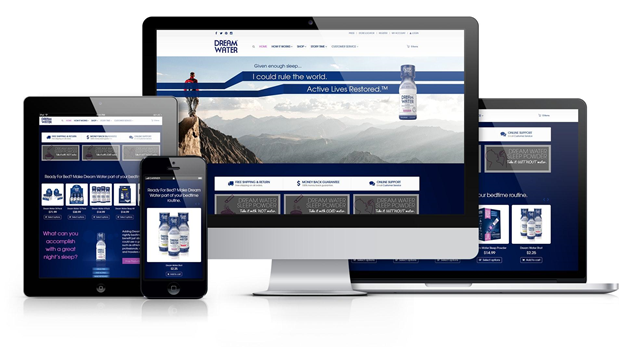Whether you’re operating a website for your retail store in San Francisco or realtor page dedicated to homes for sale in Las Vegas, the last thing you want users to experience are slow loading speeds when traffic hits your site.
With the incredibly fast pace, we are typically able to navigate the internet with today, patience is becoming increasingly shorter. It only takes a few seconds of waiting for a page to load before a typical visitor moves on to the next business who offers the same services or products. Here are 5 common backend issues which may be slowing your website down and causing you to lose valuable traffic.
1. Server-Side Coding
A slow server is far too frequently a likely culprit of your website performance lagging. Issues with a sluggish server can often be attributed to the lack of coding optimization on the server-side.
Consulting a proficient developer may help with coding related inefficiencies, causing some of the typical smaller backend server delays. A developer can comb through areas where coding-related issues are causing lag times and help optimize the processes to increase server speeds.
2. Server Power
When server-side coding inefficiencies have been addressed, upgrading server power may need to be considered to achieve more substantial server speed gains. However, upgrading the server to a more powerful machine can be very costly, so it’s best to have your needs assessed to determine the best solution for your server-related unresponsiveness.
Additionally, while shared hosting can be very cheap as it allows many websites to use a single server, a dedicated host server can be worth the extra expense if your site regularly experiences large volumes of traffic.
3. Image-Related Issues
When a web page is loading, all the data a visitor will see must be processed and “carried” to the user’s browser. When images are large, unoptimized, or are formatted unfavorably, lag times will likely be experienced when loading. For instance, images in .jpg and .png formats will typically process easier and load more quickly than .tiff and .bmp formats.
Similarly, images with larger file sizes will take longer to load than images with smaller file sizes. When it comes to choosing imagery for your website, level of detail may need to be sacrificed to improve loading efficiency.
Additionally, optimizing the responsiveness of images to load differently depending on the individual user’s browser can increase loading speeds across the board. RubyGarage has some great information on image compression improving loading speeds.
4. Plugins Bogging You Down
If you’re using a website creation service like WordPress, using too many or unnecessary plugins may be causing speed issues on the backend of your website. Plugins insert their own code, thereby overriding or interrupting a default code series during the loading of a page.
This often increases the amount of communication with the server, adding additional time for each of those information requests. Deactivating your plugins one-by-one and comparing the load speeds to a baseline reading with all plugins activated may be necessary to identify the offender.
If you’re using WordPress, service providers such as WpFaster.org exist who can help you identify potential optimization opportunities to enhance the performance of your website.
5. Advertisements
Implementing ad space in your website has its financial perks, but what if all the extra space is slowing down your site and causing users to bail? Ads generate additional HTTP requests, resulting in more processing time.
While you likely are experiencing some perks when allowing ad space on your site, you may be sacrificing loading speeds causing users to suffer some level of frustration. We’ve all come across pages overrun with advertisements, usually resulting in us angrily closing our browser. Don’t be that ad hungry website which results in browsers avoiding your presence altogether.

